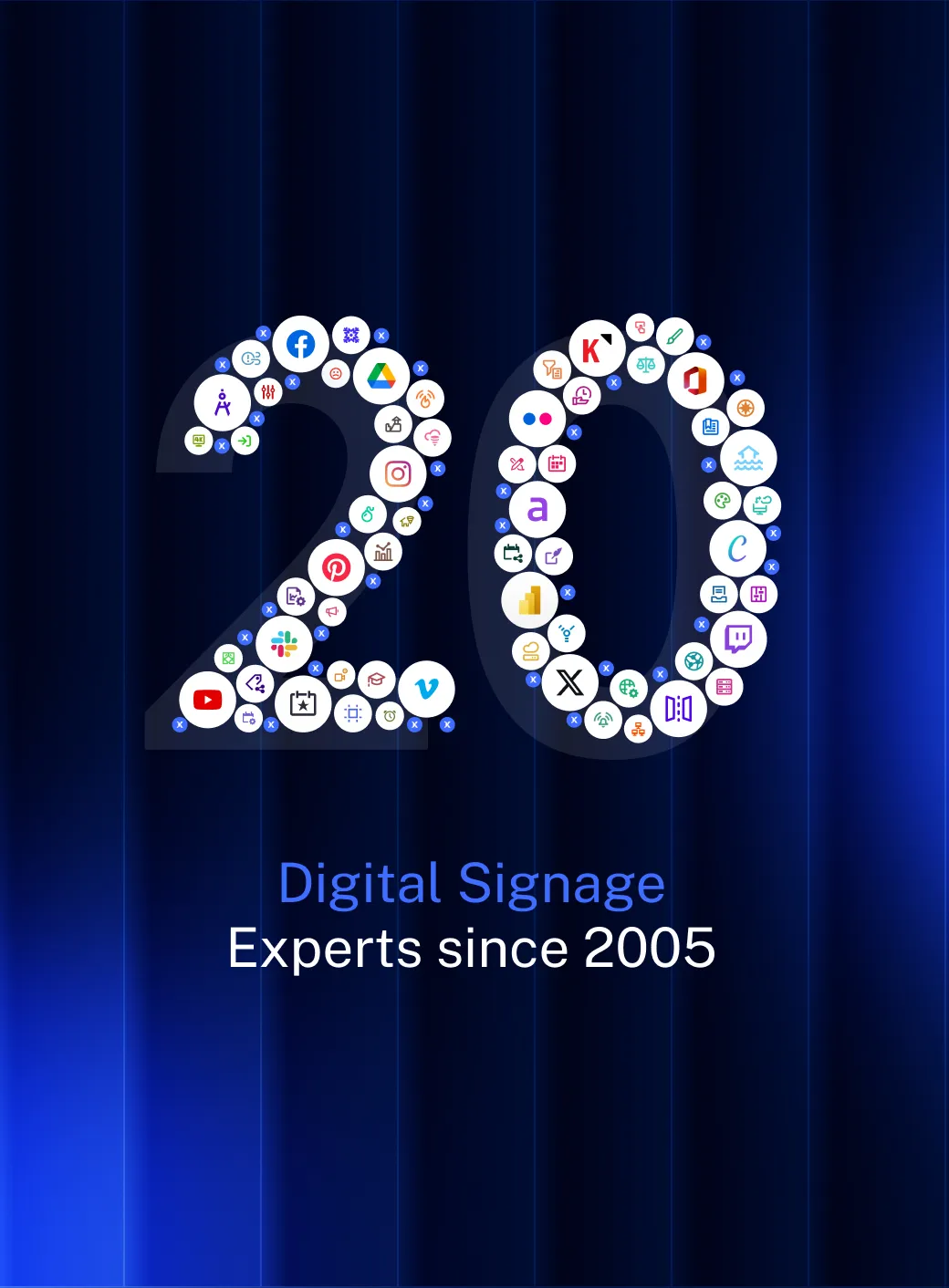

Traditional pricing models, such as flat-rate and subscription-based pricing, have long dominated the market. These models offer predictability and simplicity but often fail to align with the varying consumption levels of different customers.

As businesses and consumers seek greater flexibility and cost alignment, usage-based pricing has emerged as a compelling alternative. This dynamic pricing model, particularly popular in SaaS (Software as a Service) and other tech sectors, bills customers based on their actual usage of a service or product, making it a more customer-centric billing approach.
Usage-based pricing, also known as consumption-based pricing or pay-per-use pricing, is a model where customers are charged according to their usage of a product or service. Unlike traditional subscription models where customers pay a fixed fee regardless of their consumption, usage-based pricing ensures that customers only pay for what they use.
This model can be particularly effective in SaaS pricing strategies, where different users may have vastly different needs and usage patterns.
Implementing a usage-based pricing model requires robust systems to accurately track and measure customer usage. Companies must invest in technology that can monitor real-time usage and integrate seamlessly with their billing systems.
Transparency in billing is crucial. Customers need to understand how they are being charged and have access to clear, detailed usage reports. Companies should communicate the benefits of the usage-based model and provide tools for customers to monitor their usage.
Transitioning to a usage-based model can lead to uncertainty and resistance from customers accustomed to flat-rate or subscription pricing. Businesses must manage these expectations through clear communication and education about the advantages and functionality of the new model.
The first step in implementing a usage-based pricing model is identifying the key usage metrics that accurately reflect the value provided to customers. These metrics should be easily measurable and directly correlated with customer benefits. For instance, in a SaaS model, metrics could include the number of active users, data storage, or API calls.
Creating pricing tiers or thresholds can help simplify the billing process and provide customers with predictable cost structures. Tiers can cater to different levels of usage, offering incremental pricing based on predefined thresholds.
To effectively track usage and automate billing, businesses must invest in reliable software and tools. These technologies should offer real-time monitoring, accurate measurement, and seamless integration with existing billing systems.
Clear communication is essential for the successful implementation of a usage-based pricing model. Customers should understand how they will be billed and the benefits of this model. Providing detailed usage reports and transparent billing statements can build trust and reduce confusion.
Twilio, a cloud communications platform, has successfully implemented usage-based pricing by charging customers based on the number of messages sent or received, minutes used for voice calls, and other metrics. This model has enabled Twilio to attract a diverse customer base, from small startups to large enterprises, by offering scalable and cost-effective solutions.
AWS uses a consumption-based pricing model where customers are billed for the computing resources they use. This model has allowed AWS to cater to a wide range of customers, from individual developers to large corporations. The flexibility and scalability of their pricing model have contributed to AWS's rapid growth and customer satisfaction. According to AWS, businesses that adopt a pay-as-you-go model can lower their costs by up to 30%.
Emerging technologies like AI and IoT are poised to enhance usage-based pricing capabilities. AI can help analyze usage patterns and predict future consumption, allowing businesses to offer more personalized pricing models. IoT devices can provide real-time data on usage, improving the accuracy and efficiency of billing processes.
As businesses continue to seek flexible and customer-centric billing models, usage-based pricing is expected to gain traction across various industries. Sectors such as utilities, telecommunications, and transportation can benefit from this model by aligning costs with usage and enhancing customer satisfaction. According to Gartner, by 2025, 55% of all technology service providers will use usage-based pricing models.
The future of usage-based pricing will likely focus on improving the customer experience. Businesses will strive to offer more transparent, flexible, and personalized billing options. The integration of advanced analytics and automation will further streamline the billing process, reducing administrative burdens and enhancing customer trust.
In summary, usage-based pricing offers significant benefits for both businesses and customers, including increased revenue potential, better customer insights, cost-effectiveness, and scalability. However, implementing this model requires careful consideration of usage metrics, pricing tiers, technology integration, and clear communication.
Before adopting usage-based pricing, businesses should evaluate their specific needs, customer preferences, and the complexity of tracking and billing usage. By doing so, they can determine if this flexible billing model aligns with their goals and offers a viable alternative to traditional pricing strategies.